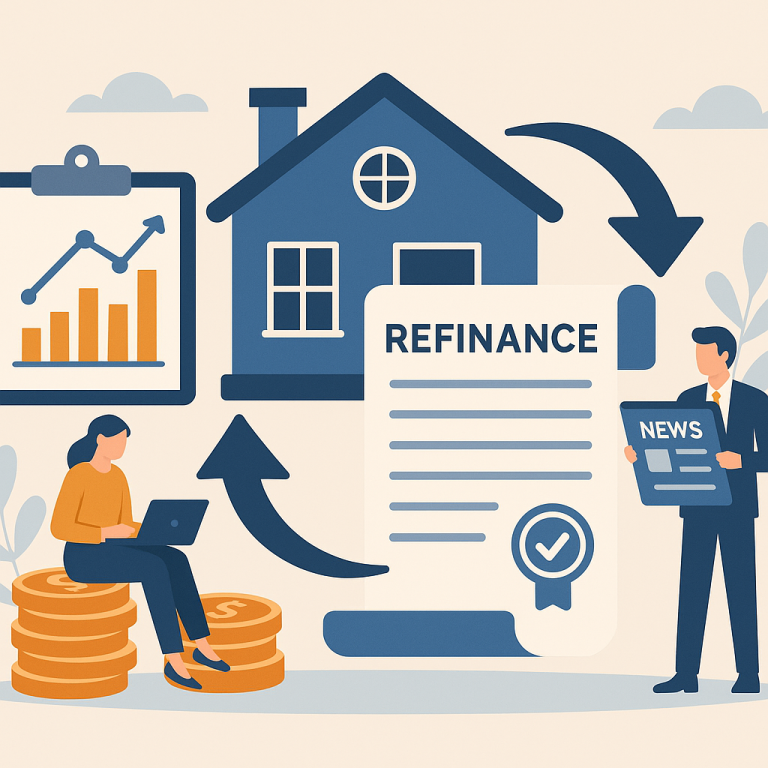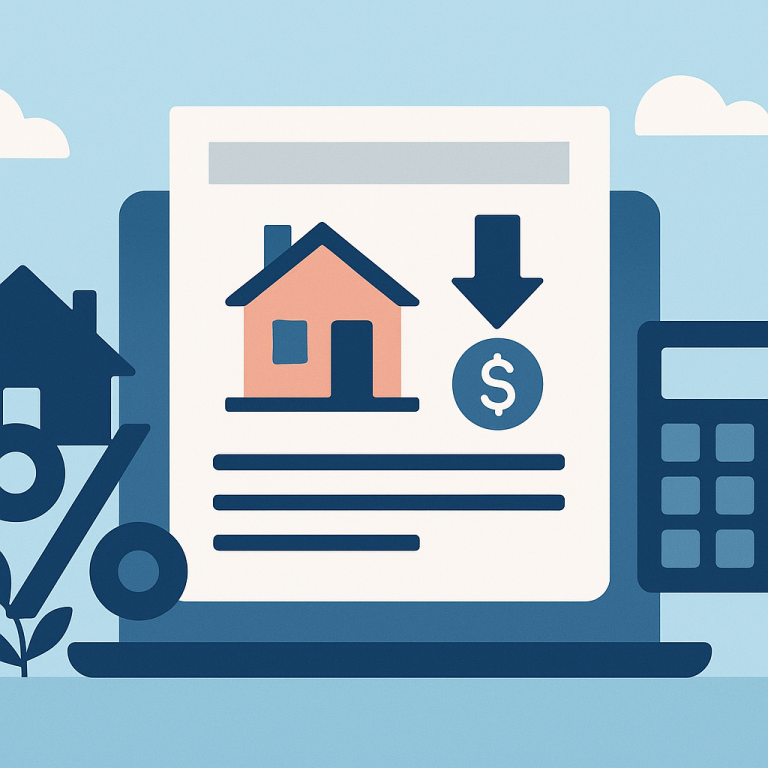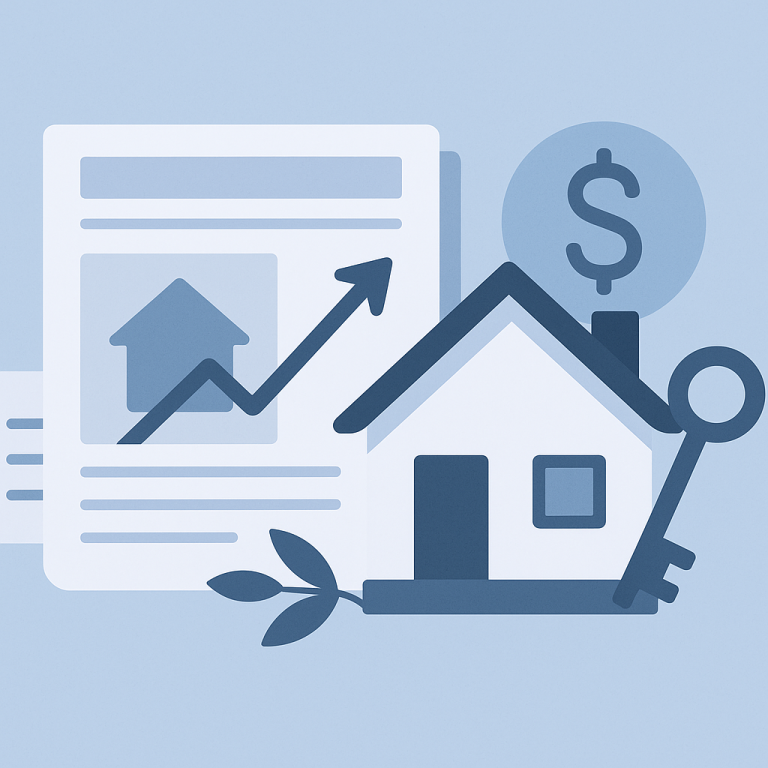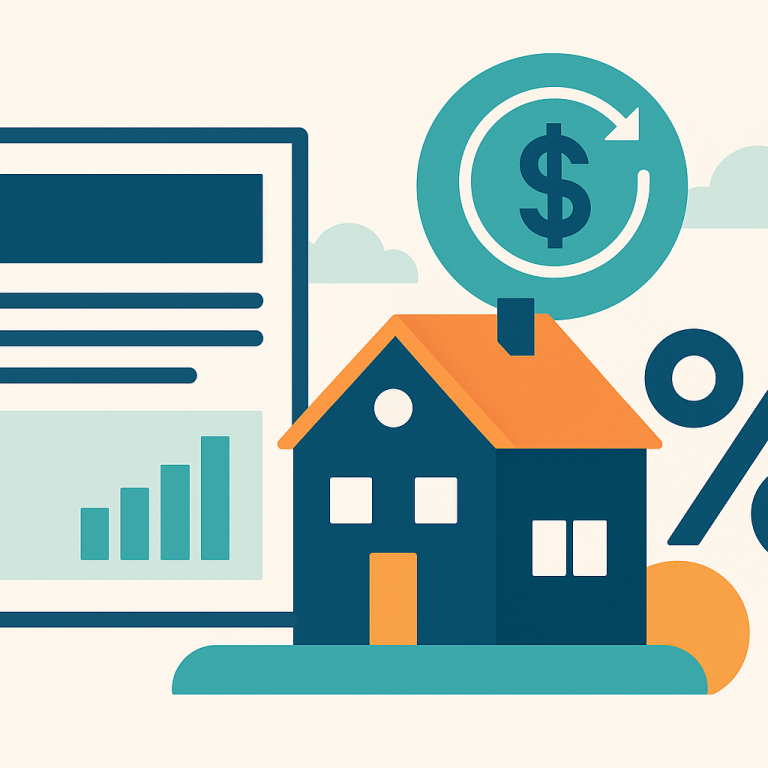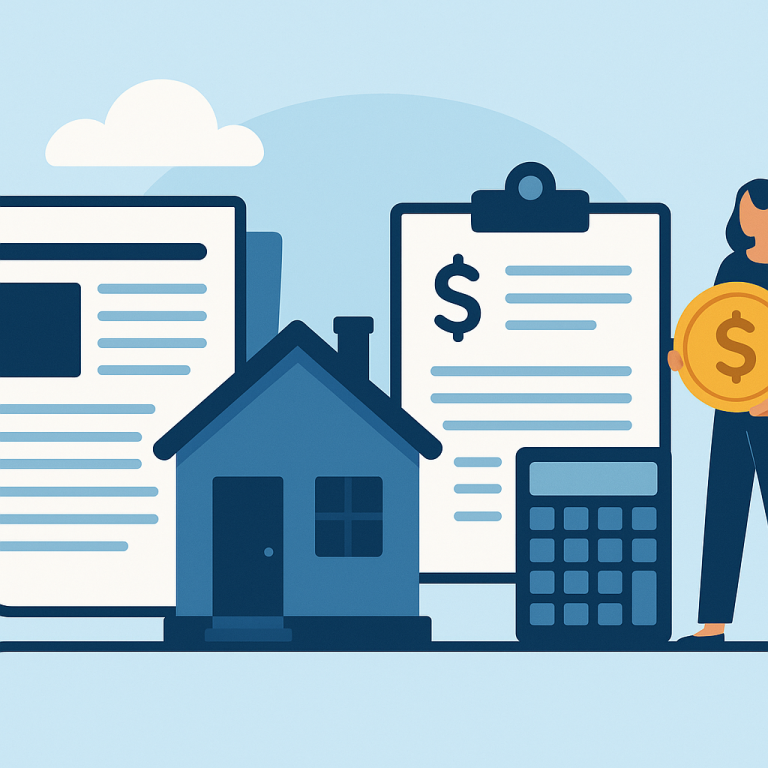Refinance guide non-QM refinance options for unique income
What non‑QM refinance for unique income is — and when it makes sense
“Non‑QM” means non‑qualified mortgage: loan programs that don’t follow all of the Consumer Financial Protection Bureau’s QM underwriting rules. A non‑QM refinance is designed for homeowners whose income or financial profile doesn’t fit conventional underwriting — self‑employed borrowers, gig or contract workers, people with seasonal or irregular pay, rental owners using property cash flow, retirees relying on investment or social income, or borrowers who want to qualify using bank statements, assets, or a debt‑service coverage ratio (DSCR) instead of standard W‑2/paystub documentation.
It makes sense to consider a non‑QM refinance when:
- Your documented income is unpredictable or low relative to your actual cash flow;
- You’re self‑employed and standard tax returns understate your income;
- You need a cash‑out refinance but don’t meet conventional limits; or
- You’re an investor refinancing a rental and prefer DSCR or rent‑based underwriting.
Benefits and drawbacks
Benefits:
- Flexible income documentation: bank‑statement, asset‑based, or stated income options can reflect real cash flow that taxes or paystubs don’t show.
- Access to credit when conventional lenders will say no, allowing rate reduction, debt consolidation, or tapping home equity.
- Programs tailored for investors (DSCR) and for borrowers who need larger loan‑to‑value (LTV) or unique term structures.
- Faster approvals in some cases when less documentation is required — though that depends on the lender.
Drawbacks:
- Higher interest rates and sometimes higher fees than conventional loans, reflecting added lender risk.
- Fewer consumer protections tied to QM rules; terms and underwriting vary widely by lender.
- Stricter reserve requirements and more conservative LTV limits in many programs.
- Possible difficulty refinancing again later into a conventional loan if documentation or tax treatment doesn’t change.
Costs and fees to expect
Non‑QM refinance costs are similar to conventional refis but often higher in key areas:
- Interest rate premium: expect roughly 0.25%–2.00% higher than comparable QM loans depending on program, credit score, and loan structure.
- Origination fees: often 0.5%–2% of loan amount, sometimes higher on smaller loans.
- Third‑party costs: appraisal ($300–$1,000+), title search and insurance, escrow and recording fees, and credit pulls.
- Mortgage insurance / credit enhancements: programs permitting higher LTVs may require mortgage insurance or lender overlays.
- Prepayment penalties: rare but possible — confirm the loan terms.
Always request a Loan Estimate early. Compare APR and total closing costs as well as interest rate.
Step‑by‑step process
- Assess objectives: decide if you want lower monthly payments, a shorter term, cash‑out, or to change loan type (fixed vs ARM).
- Gather documentation: while non‑QM is flexible, different programs require different proofs — bank statements (12–24 months), 1099s, profit/loss statements, rental ledgers, asset statements, or documentation of retirement/distribution income. Collect tax returns if available.
- Shop lenders: non‑QM underwriting varies widely. Compare rates, fees, program features, and lender experience with your income type. Mortgage brokers often have access to multiple non‑QM lenders.
- Get prequalified: provide income summaries, credit score, asset statements, and a recent mortgage payment history to get a conditional quote.
- Apply: complete the formal application and pay any required fee. Expect more targeted documentation requests than a typical conventional refinance.
- Underwriting and appraisal: lender reviews file; an appraisal and title work are ordered. Some programs accept desktop or alternative appraisals, particularly for investors.
- Clear conditions: respond promptly to any additional requests (bank statements, explanations of deposits, etc.).
- Close: review Closing Disclosure, attend signing, and record the new mortgage. Make sure you understand any prepayment terms and rate reset periods if you chose an ARM.
Common pitfalls to avoid
- Assuming all lenders treat unique income the same: verify the specific documentation a lender accepts (e.g., 12 vs 24 months of bank statements, which deposits qualify as income).
- Hiding or misrepresenting income: overstating deposits or failing to document borrowed funds can lead to denial or even legal exposure.
- Focusing only on the rate: higher fees, adjustable features, or unfavorable prepayment terms can negate a lower nominal rate.
- Not checking exit strategy: ensure you can refinance again into a conventional product later if you expect your income or documentation to improve.
- Ignoring reserves: some non‑QM loans require several months of cash reserves; plan liquidity accordingly.
Short FAQ
Can I refinance if I’m self‑employed or on 1099/contract work?
Yes. Many non‑QM programs accept bank‑statement underwriting, 1099s, profit and loss statements, or other proof of cash flow rather than relying solely on W‑2s and conventional income calculations.
How much higher will my rate be compared to a conventional refinance?
Rates vary by lender and borrower profile, but non‑QM loans typically carry a premium — often a few tenths to a couple of percentage points higher. Better credit, larger down payment/equity, and stronger documentation reduce that spread.
Will this hurt my ability to get a conventional loan later?
Not necessarily, but if the non‑QM loan is structured around nonstandard income recognition or tax strategies that continue to reduce reported income, you may still face hurdles. Keep good records and aim to build documented income or reserves if your goal is a future conventional refinance.
Should I use a mortgage broker or go direct to a bank?
Mortgage brokers often have broader access to specialized non‑QM lenders and can match your unique income type to the best program. However, choose a broker or lender experienced with your exact situation and compare multiple offers.
Non‑QM refinancing can unlock value for homeowners whose real cash flow doesn’t match conventional underwriting. The keys to a successful refinance are choosing the right program, documenting income correctly, understanding total costs, and working with lenders who specialize in these products.
META: non-QM refinance, unique income, bank statement loans, DSCR, self‑employed refinancing, non‑qualified mortgage options


